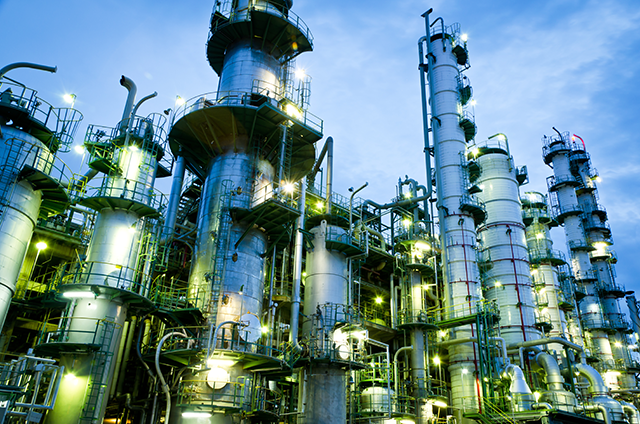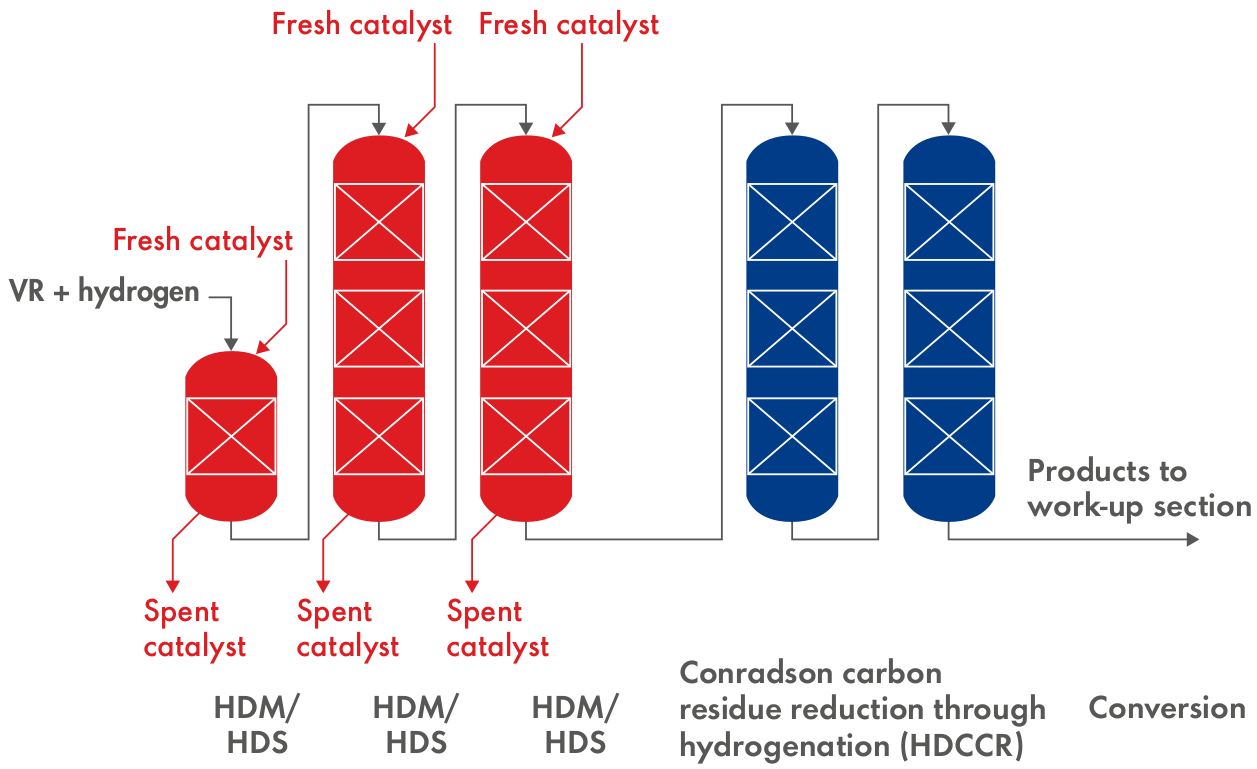Technology

- Name
- Shell Hycon MB
- Owner
-
/ Shell PLC - Brand
- Hycon Moving Bed Technology
- Link
- Process
- Cracking
- Type
- Resid Hydrocracking
- Available
-

- #TE130
Description
Your insights will be shown here
| Technology Unit |
|---|
| Catalyst Feed |
| Catalyst Withdrawal |
| FB Reactors |
| Fractionator |
| Heaters |
| MB Reactor |
| Scrubber |
| Separators |
Content provided by
| Transaction | Name | Date |
|---|---|---|
| Modified by |
|
11/20/2022 7:16 PM |
| Added by |
|
11/20/2022 4:35 PM |









